New normal takes off for aviation
After being slammed by the pandemic, the aviation industry is adjusting to much lower costs and instant border shutdowns.
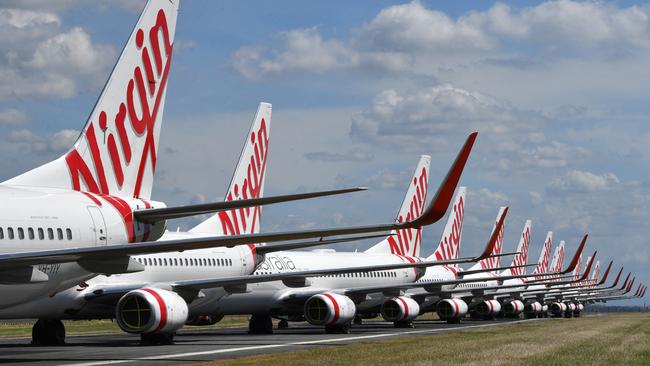
Former politician and deputy chairman of Rex Airlines, John Sharp says there has never been a better time to launch into the domestic aviation market in Australia.
While some see the world aviation industry in crisis, after a year of COVID-induced shutdowns and closed borders which has seen thousand lose their jobs across the in, ASX-listed regional airline Rex expanded into five different markets this week.
As other airlines have pared back their routes, Rex (Regional Express Holdings) has put on flights from Sydney to the Gold Coast, Melbourne to the Gold Coast, Adelaide to Melbourne, Port Macquarie to Sydney and Coffs Harbour to Sydney. That’s a big move for an airline that’s better known for ferrying passengers between country destinations of Wagga, Armidale or Mt Gambier.
“It’s been enormously busy,” Sharp says in an interview from Rex’s headquarters at Sydney’s Mascot after a week of travel around the country opening up the new routes.
After a year of some of the biggest disruptions ever to the world aviation industry, which has seen international borders close, domestic travel down by 75 per cent in the year to January, the collapse and re-emergence of a slimmed down Virgin, the exit of Tiger airlines and travel hit by on again off again state border closures, a more hard-nosed industry is emerging.
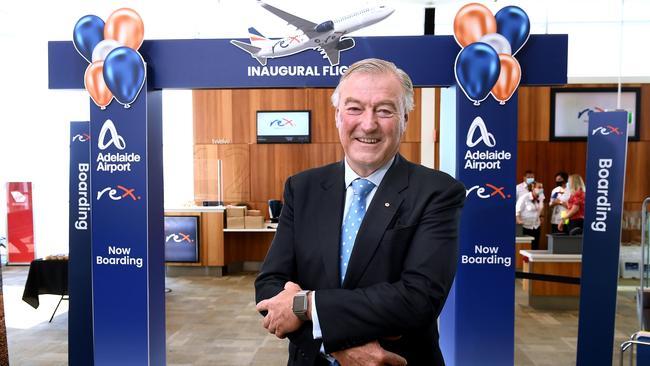
After hitting rock bottom last year, when COVID grounded nearly the entire national commercial aviation fleet, taking with it thousands of jobs, the industry is recovering – albeit slowly.
Today Qantas has tightened its grip on domestic market dominance though its mainline brand as well as Jetstar and QantasLink. Private equity-backed Virgin is flying for longer term financial viability while Rex is looking for gaps in the market to exploit.
It’s a new normal based on much lower costs and one that needs to respond to instant border and travel shut downs.
But also buoyed by the knowledge that there is an underlying demand for domestic market of Australians still keen to travel to see friends and family and for holidays even if business travel recovery may be at least a year off.
Having begun its historic flights between Sydney and Melbourne – taking on the big boys Qantas and Virgin – only weeks ago, Rex has plans to fly from Sydney to Canberra on April 19 and open up other routes later this year.
Sharp argues that Rex’s expansion into bigger city routes is a logical reaction to the changed market conditions in Australian aviation.
“There has never been a better time to launch a domestic airline market,” he says.
“At the moment there are thousands of pilots and cabin crew available who are well qualified, experienced and locally based”.
“Normally there is a shortage but there are now a lot who have been made redundant over the past six to 12 months.”
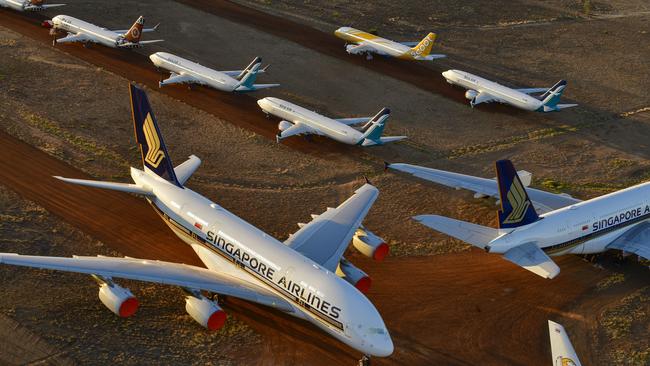
Aircraft, which are normally expensive, are now available for better leasing deals than in recent history and the much needed “slots” particularly for Sydney airport, are available as a result of cut backs in flights. Airport gates and even airline lounges are also available.
“There is an environment which normally would not have existed which now exists which makes it so much easier to move into the domestic airline business.”
“There is a gap in the market due to the closure of Tiger and the halving of Virgin and Qantas operating at a reduced capacity.
“Virgin has given away half their fleet and Tiger does not exist anymore,” he says.
Aviation analyst Peter Harbison, the chairman emeritus of CAPA – Centre for Aviation, says COVID has “entrenched” the local market power of Qantas.
“It’s really totally apparent now how powerful it is,” says Harbison of Qantas. “It’s pretty much invincible.”
“It has been very evident the breadth and depth of the strength they have, from its frequent flyer and loyalty program, to the chairman’s lounge, to its reach into the regional market and its strength in the market between the major cities, he told The Weekend Australian.
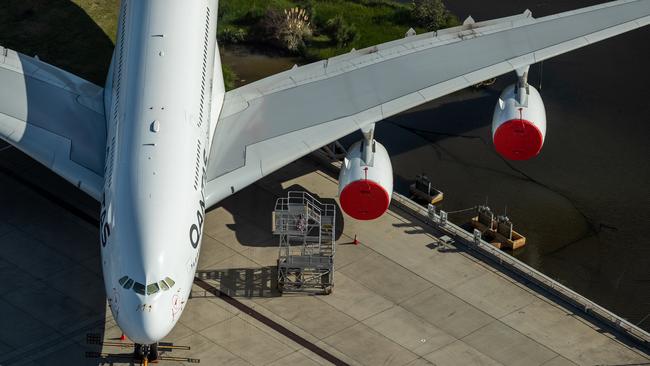
He said Qantas’ financial capacity to respond to the crisis had been assisted by last year’s near $2bn equity raising and debt refinancing at low interest rates which had also allowed it to reduce the cost of its longer term debt.
And while domestic passenger numbers collapsed, Qantas saw revenue from freight surging in line with the boom on online retail.
“They have been able to weather the storm pretty well,” he said. Virgin on the other hand has emerged from administration as a “different airline.”
He said it was a “smart move” by Rex to go on the Canberra market which starts later this month.
“It’s a lucrative one and its probably the only Achilles heel that Qantas has got.”
He felt Rex’s expansion program was a “bigger threat” to Virgin than it was to Qantas and Jetstar.
He said all three airlines were still suffering because of the constant closure of borders which is making people wary of flying.
While the industry has lost about a third of its workforce since the start of the pandemic.
But the real impact on the total workforce from the end of the JobKeeper job subsidy program which ended last week would become event over the next few months.
He said Australia’s slow roll out of the vaccine was also delaying recovery in the domestic tourism market as it was leading to outbreaks like the situation in Brisbane and Byron Bay recently.
“Six months ago, we were looking for a bonanza for domestic travel because we can’t travel internationally.”
“I thought everyone would start travelling interstate and regionally but it hasn’t happened.”
But he expects things will change once would be travellers can get more certainty about booking flights.
“Once we can get some stability with the borders, and assuming that international is not going to open up in a big way which it isn’t for this calendar year, the domestic market should go gang busters if we can just get these vaccinations right and bring confidence back it will really kick on.”
But the pandemic has still had a major financial hit to the industry which is a long way from being out of the woods yet.
In February Qantas reported a half year loss of $1bn for the six months to end-December on an underlying basis and $1.5bn on a statutory basis. Qantas estimates that COVID has cost it more than $11bn in lost revenue.
At the time Qantas chief executive Alan Joyce the impact of COVID on the aviation market around the world had been “worse than anyone expected”.
While Qantas was managing the situation as well as it could, Joyce said 8,500 people would lose their jobs at Qantas because of COVID with another 7,500 were stood down until international travel recovers.
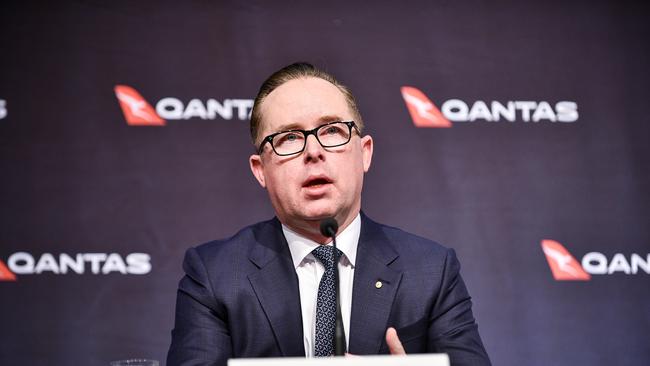
There was strong evidence that Australian were keen to travel and Qantas had developed systems to respond to changes in state borders “which would have been unthinkable a year ago.”
This had included regularly bringing out new schedules – sometimes more than once a week – by both Qantas and Jetstar when needed because of COVID travel changes. Qantas was planning for international travel to restart in October this year and was targeting for a “material” increase in flights to New Zealand by July.
“For all the challenges and hardship, we are more and more optimistic about our future,” he said.
Despite layoffs and restructuring, the impact of the pandemic has continued to drain its cash reserves. Its cash at hand has fallen from $3.5bn in June last year to $2.6bn at the end of December while its committed undrawn facilities have risen from $1bn to $1.6bn.
The airline has benefitted from the exit of Tiger and smaller Virgin seeing its share of the domestic market rise from the low 60 per cent to around 70 per cent.
At its worst, early last year, its domestic capacity was down to only 20 per cent.
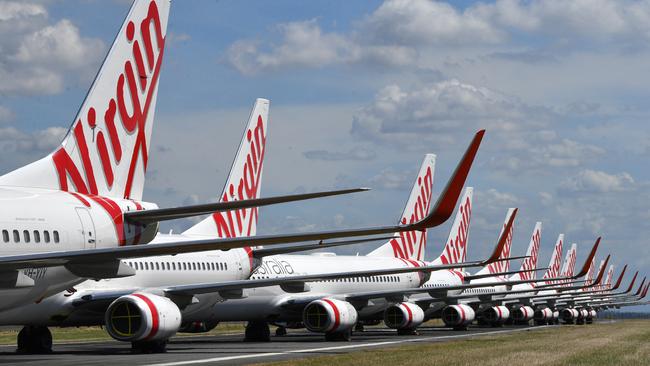
It rose and then dropped with the second wave but then gradually increased to 40 per cent. It rose to 60 per cent in the first three months of the financial year and is headed to 80 per cent by June. Qantas share price has reflected the changing sentiment.
It was trading at above $7.20 in December 2019, just before the outbreak of the pandemic in China, but fell sharply to around $2.31 in March in response to the closure of international borders and state lock downs. But it has since recovered to close at $5.10 on Thursday.
While much attention has been given to the closure of Qantas’ international business, financially, Qantas’ international business was never a big contributor to its bottom line.
The COVID hit wasn’t just limited to Australia. According to the global commercial aviation umbrella body International Air Transport Association, airlines were forecast to lose $US118 bn in 2020 and a further $US38bn in 2021. This is after global governments injected $US173bn of funds to support airlines.
Last November IATA’s director general Alexandre de Juniac declared “the aviation industry is in crisis”.
Like Qantas, trans-Tasman carrier Air New Zealand saw its business crater through border closures and lockdowns.
In April last year Air New Zealand’s passenger revenue collapsed 98 per cent. The amount of passengers carried through the month were measured in just the hundreds compared to the hundreds of thousands for the same month a year earlier.
“Last year was a hellish year for aviation and the travel industry,” former Air New Zealand chief customer officer Cam Wallace tells The Weekend Australian.
“It was pretty much a total devastation not only of the core aviation industry, but also the industries associated with it such as ground handling, caterers, and travel agencies.”
Wallace left Air New Zealand last year after a 19-year career with the airline and is now the chief executive of one of New Zealand’s biggest media companies – the radio and outdoor advertising player MediaWorks.
He says the industry was shocked at the suddenness of the collapse in the face of COVID.
“The industry has had shocks before including 9/11 and the global financial crisis, but this was of a different scale”.
But Wallace argues that the sector has now recovered from the initial shock and proved its ability to reinvent itself in the face of crisis.
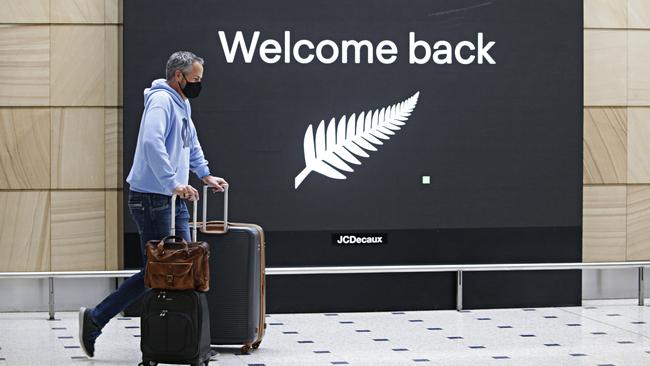
“It has accelerated the restructuring of some parts of the industry and, with the vaccine rollout, people are now quite optimistic about the future.”
He says COVID had particularly impacted those airlines with heavy debt levels and exposed the short comings of some airline business models around the world.
Indeed, he noted the crisis had also underlined the importance of national carriers which, although privatised, had still be turned to by governments to help including repatriating residents back home and bringing in essential equipment including personal protective equipment.
Despite having left the industry, Wallace is upbeat on the outlook for aviation industry predicting it will recover as when borders are opened up and travel restrictions eased.
“Aviation will rebound really quickly,” he said. “People will be surprised how extraordinarily strong the pent up demand is.
“Different segments will come back more quickly. It starts with the visiting friends and relatives market, then leisure travel, then business.”
Wallace argues that the first two sectors are recovering with business also having the potential to pick up later in the year, arguing that despite the availability of zoom and other online video communication people still want to meet their customers and business colleagues and partners.
“I’m a big believer in the social and economic value of airlines,” he said.
“People will see doing business face-to-face as a source of competitive advantage.”
“Once people are confident that borders are open and travel restrictions are ended, the surge in demand will be extraordinary.”






To join the conversation, please log in. Don't have an account? Register
Join the conversation, you are commenting as Logout